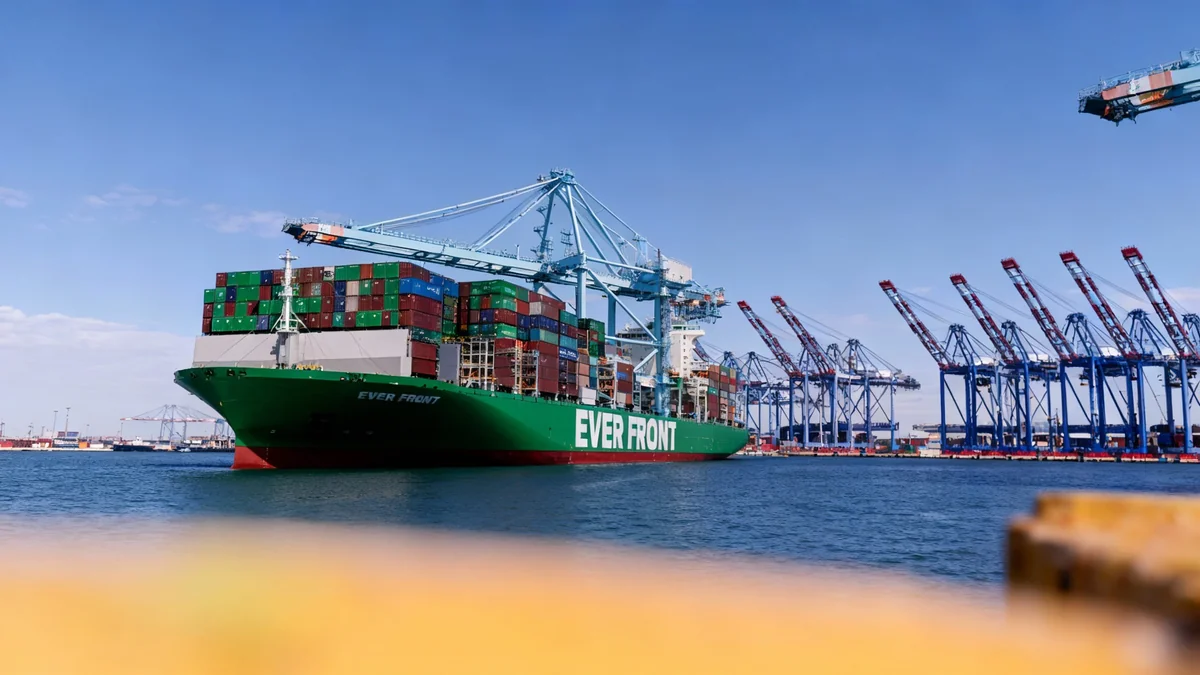Soybean futures reversed course Tuesday, erasing earlier gains after comments from U.S. President Donald Trump cast doubt on a planned meeting with Chinese President Xi Jinping. The shift in market sentiment highlights the agricultural sector's sensitivity to developments in U.S.-China trade relations.
Contracts for January delivery, a key benchmark for the oilseed, finished the day down 0.1% on the Chicago Board of Trade. The modest decline was significant as it snapped a three-day winning streak that had pushed prices to their highest point in nearly two months.
Key Takeaways
- Soybean futures for January delivery closed 0.1% lower, ending a three-day rally.
- The price drop followed comments from President Trump suggesting a meeting with China's President Xi might not occur.
- Earlier in the day, prices had reached a near two-month high on optimism for a trade deal.
- The market's reaction underscores the agricultural commodity's dependence on U.S.-China trade negotiations.
Market Reverses on Diplomatic News
The trading day began with optimism. Speculation was high that an upcoming summit between the leaders of the world's two largest economies would result in a trade agreement. Such a deal would be expected to significantly boost demand for U.S. agricultural exports, particularly soybeans, which have been at the center of the trade dispute.
This positive outlook propelled soybean futures to levels not seen in almost eight weeks. However, the momentum shifted abruptly when President Trump indicated that the anticipated meeting was not guaranteed to happen. The market's immediate reversal demonstrates how tightly traders are linking the commodity's value to the prospect of normalized trade relations with Beijing.
The volatility serves as a stark reminder of the fragile state of global supply chains. A single statement can undo days of gains built on diplomatic hope, leaving farmers and investors in a precarious position.
The Role of Soybeans in Global Trade
Soybeans are more than just a crop; they are a critical component in the global food and energy supply chain. Primarily used for animal feed to support the meat and dairy industries, they are also processed into soybean oil and are a key ingredient in the production of biofuels like green diesel. China has historically been the largest buyer of U.S. soybeans, making the commodity a focal point in trade negotiations.
The Broader Economic Context
The uncertainty in the soybean market reflects a wider economic landscape influenced by trade policy. For months, tariffs and counter-tariffs between Washington and Beijing have disrupted traditional trade flows, forcing suppliers and buyers to seek alternative markets and creating price instability across various sectors.
Before the downturn, the three-day rally in soybean prices was fueled by expectations that a resolution was near. A potential deal was seen as a pathway to reopening the lucrative Chinese market for American farmers, who have faced significant economic pressure due to lost sales.
A Three-Day Streak Ends
The 0.1% drop on Tuesday may seem small, but its significance lies in the reversal of a positive trend. The end of the three-day winning streak indicates that investor confidence, at least for now, has been shaken by the renewed uncertainty surrounding the high-stakes diplomatic talks.
Impact on American Farmers
American agricultural producers have been closely monitoring the political climate. The prospect of a trade deal offered a glimmer of hope after a prolonged period of difficulty. The recent price rally, though short-lived, was a welcome development, but the subsequent drop underscores the ongoing challenges.
Many in the agricultural industry are hoping for a definitive agreement that would provide long-term stability rather than continued market swings based on daily headlines. The reliance on export markets, especially China, means that the financial health of the U.S. farm belt is intrinsically linked to the outcomes of these international negotiations.
"The market is trading on headlines right now. Every comment, every rumor about the U.S.-China relationship is going to cause a reaction, and today was a clear example of that sensitivity."
Looking Ahead: What Traders Are Watching
Moving forward, the commodities market will remain highly attuned to any signals from either Washington or Beijing. Traders and analysts will be looking for confirmation of any high-level meetings and scrutinizing official statements for clues about the direction of trade policy.
Several factors will be key to watch:
- Official Confirmation: Any formal announcement confirming the time and place of a presidential meeting would likely be seen as a strong positive signal.
- Preliminary Talks: Progress in discussions between lower-level trade officials could also help build market confidence.
- Economic Data: Export sales reports will be watched closely to gauge current demand levels from China and other international buyers.
Until a concrete agreement is reached, the soybean market is expected to remain volatile. The day's trading activity serves as a clear illustration of how geopolitical developments can directly and immediately impact the price of essential global commodities.





